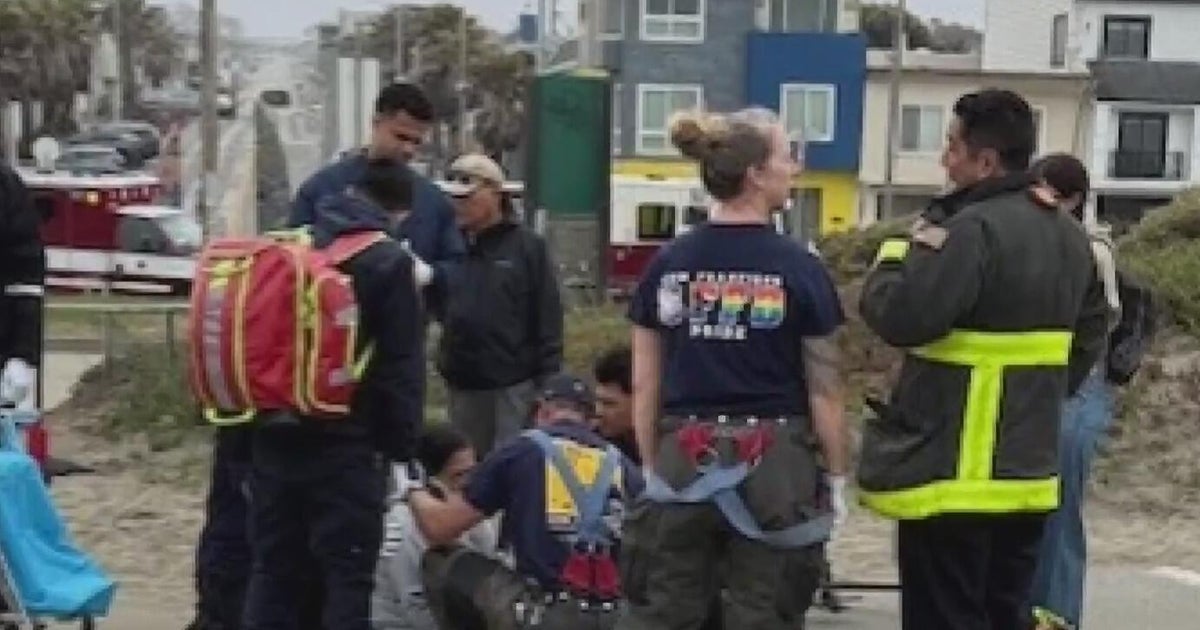KCBS In Depth: The History Of The Golden Gate Bridge
SAN FRANCISCO (KCBS) — What is it that sets apart the Golden Gate Bridge from all the other bridges in the world? According to historian and author Dr. Kevin Starr it's a "magnificent engineering achievement" as well as a "consummate work of art".
Starr, a history professor at the University Southern California, is considered by many to be the nation's leading expert of California history. On the year that marks the 75th anniversary of the bridge's completion, we take a look back at what it took to make it all happen and even the opposition in 1921 when the bridge was first proposed.
The War Department was skeptical for practical reasons when they became concerned that if the bridge were to collapse, that naval vessels would be able to get through to the harbor of San Francisco.
KCBS In Depth:
Some 2,000 taxpayers including ranchers and property owners from the counties around the Bay said they didn't want to pay for it. Court systems heard over 2,000 individual cases to exempt them from the one time tax in an ordeal that took up a decade.
The ferry system, which was in place before the automobile, simply wasn't efficient enough and then in the 1920's during the rapid auto-mobilization of California, there were reports of up to a four hour wait to get back into the city (especially from the north coast) in the pre-bridge era.
Demand increased with a high population density centered in San Francisco and those that were pro-bridge eventually won, but the laborious task of actually building the bridge would prove to be just as difficult as winning over the crowd to get the bridge approved.
Wind and the great force of tides from nine Northern California rivers emptying into the delta made for extremely difficult conditions to work with. The length of the bridge itself, at nearly three quarters of a mile hadn't been done before.
There were also arguments on whether the design of the bridge should have been light or heavy. The leaner design prevailed initially, but in the 1950's it had to be anchored down a bit in order to sustain gale-force winds.
Starr said the iconic crimson color of the bridge was almost accidental. The War Department again wanted something that would be striking, such as black and white stripes or a yellow bridge that would be easily noticeable for planes or ships coming in. Lo and behold, when they put on the primer international orange on, they discovered it was perfect.
Work is now near completion to stabilize the bridge so that it can withstand an 8.1 earthquake on the San Andreas and Hayward fault lines (the largest estimated magnitude that those fault lines is predicted to produce.) The bridge is in a constant state of repair and tinkering including new paint, complete replacement of the suspension ropes as nothing is really meant to last forever.
(Copyright 2012 by CBS San Francisco. All Rights Reserved. This material may not be published, broadcast, rewritten, or redistributed.)



